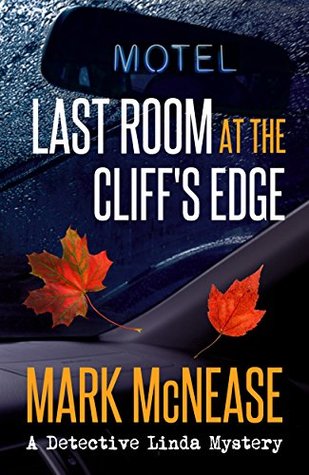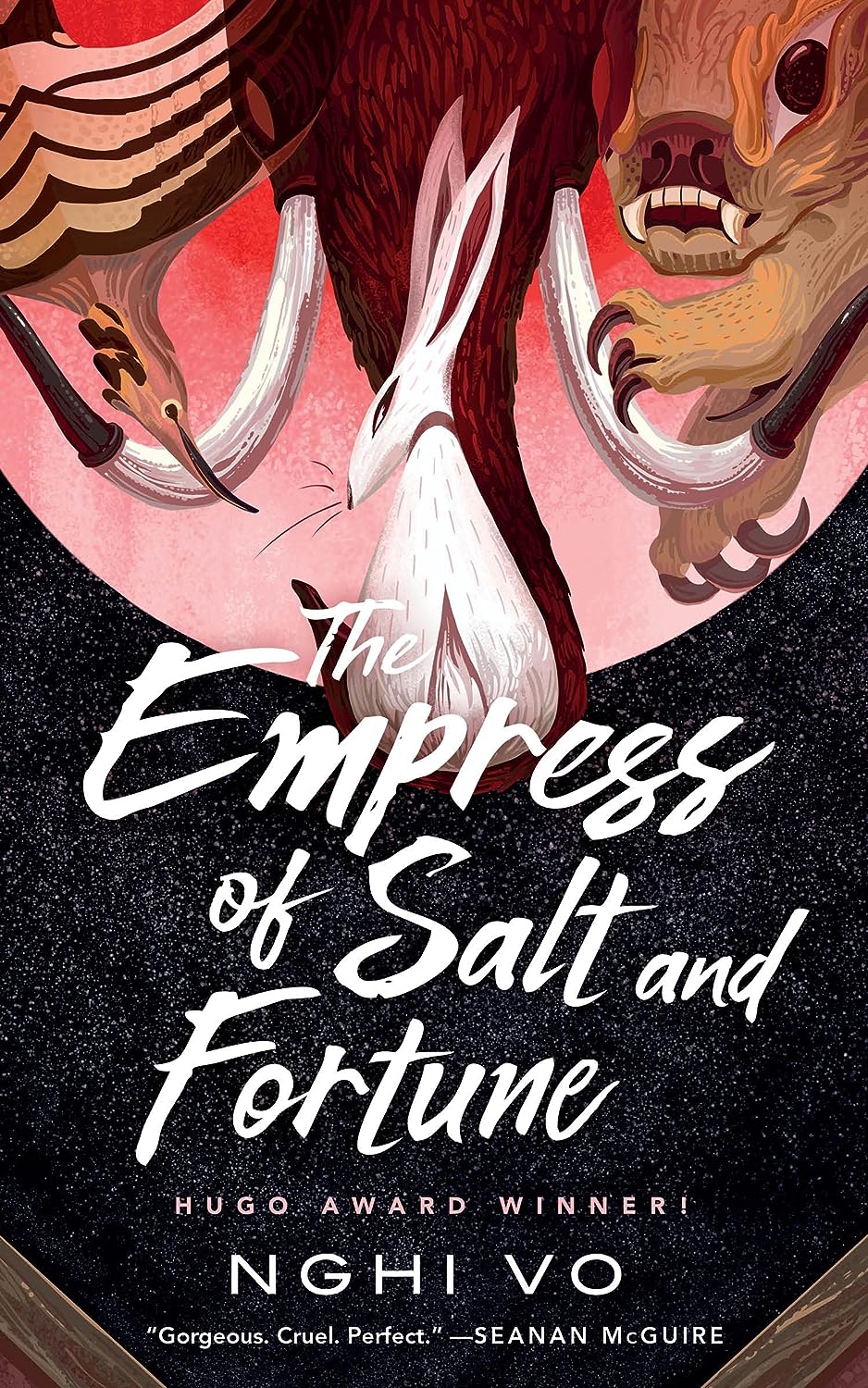 “A new magic has entered the realm of the Sidh–and its name is rock n’ roll!”
“A new magic has entered the realm of the Sidh–and its name is rock n’ roll!”
– Gossamer Axe front cover blurb
I will admit that I picked this up primarily because of the cover. A woman in high fantasy/ancient Celt robes, hair billowing behind her, playing an electric guitar? Add in the cover blurb (and the promise of queer content), and I was on board. Because I bought it mostly for cover appeal–I collect lesbian pulp, so I clearly have a weakness for ridiculous covers–I didn’t rush to start reading it. Instead, I waited for a time when I felt like reading something fun and a little bit silly. Unbeknownst to me, Gossamer Axe takes its rock n’ roll Celtic fantasy premise very seriously.
Christa is a woman who grew up in ancient Ireland. She was an expert harpist, but when she attempted to learn from the Sidh–a fairy-like magical race–she and her lover got kidnapped into their unchanging realm as punishment for her hubris. Christa escaped, but she wasn’t powerful enough to bring her lover with her. Now, she bides her time in modern (80s) America, trying to improve her musical/magical prowess enough to rescue her. She finds possibility in an unlikely place, trading her harp for an electric guitar, and forming a girl band to collectively stage a final battle.
While still think the premise sounds kitschy–Ancient Celt harpist rescues her girlfriend from a timeless dimension using the power of rock and roll!–the book is not light or silly. It deals with heavy subject matter. A lot of it. Child rape/incest, someone dying of AIDS, homophobia, racism (including slurs), misogyny, abuse–to name a few.
But it’s also about chosen family, healing, and rebirth. Christa is bi, and where/when she grew up, two women falling in love was a little unusual, but unremarkable. Only the Christians disapprove of their relationship. Although she is living in 80s America now, she carries with her the confidence and power she learned in her youth. While all the women in the novel deal with misogyny, Christa acts as a source of strength for them. A note, though: the girl band mentioned on the back cover of the novel doesn’t get together until more than 100 pages into the book. It is a bit of a slow build. They do form of the heart of the book, though. They are very different people, but they become a kind of family.
I especially appreciated the friendship between Christa and Monica, which does not begin from a very promising place. There’s a sort of unquestioning sisterhood formed here that I love, and that seems rooted in its 80s feminist context. Christa shares her beliefs with her friends, and even if they aren’t converts, they draw strength from it. Christa believes that all women are priestesses, and she uses her rituals to remind them of their own capabilities.
Despite the dark subjects covered, at its core, Gossamer Axe is about persistence and healing. Although the characters go through incredibly difficult things, they are able to survive it, and to re-emerge as new people. This was not the book I was expecting, but I enjoyed it. If you can handle the subject matter (and are okay with this being very 80s), I recommend it. I will be checking out more from this author (silly cover or no).


